Picture this: walking down cobblestone streets that Caesar once crossed, then minutes later sipping craft cocktails on a rooftop overlooking the very ruins you just explored
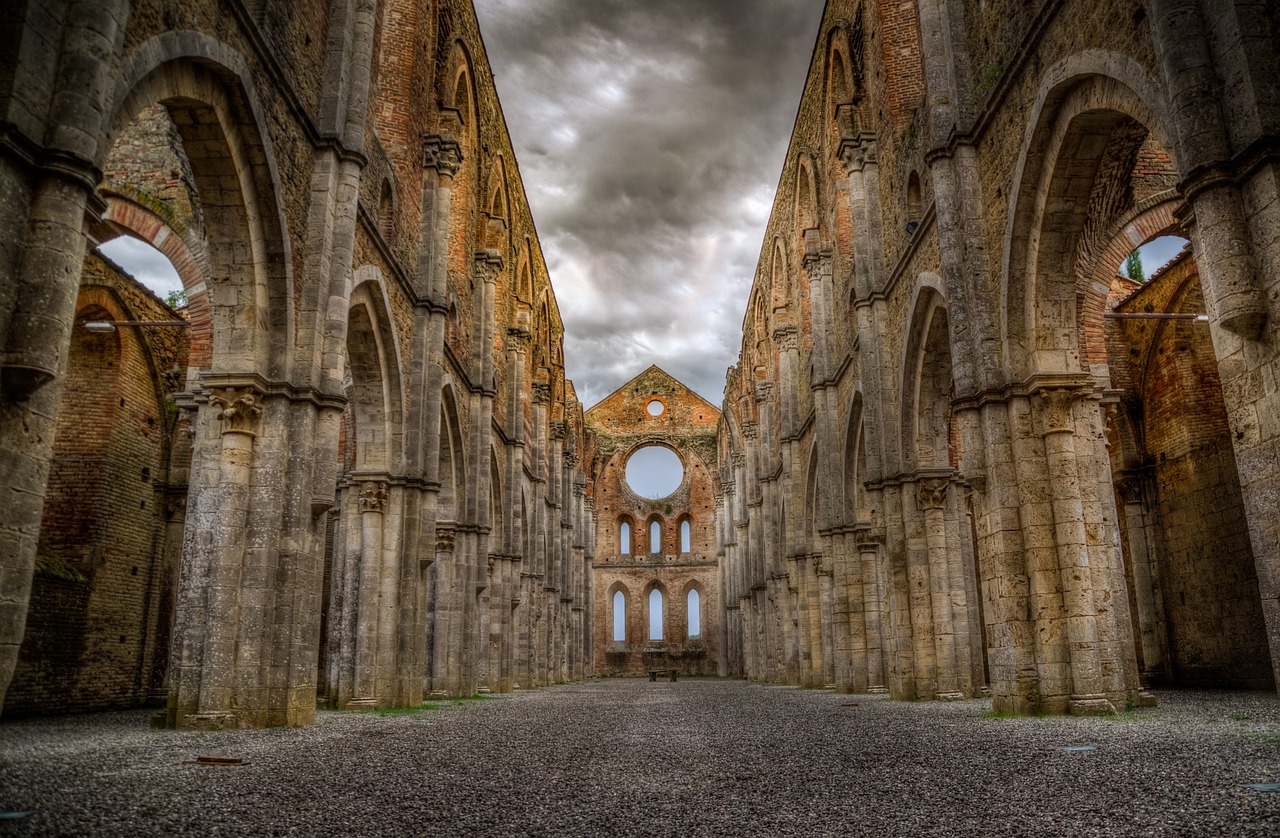
Picture this: walking down cobblestone streets that Caesar once crossed, then minutes later sipping craft cocktails on a rooftop overlooking the very ruins you just explored. This isn’t some travel fantasy—it’s the reality of destinations that masterfully blend ancient history, world-class art, and cutting-edge modern life. Mexico City is described as “the perfect blend of the traditional and the contemporary”, and it’s just one of many places where you can literally touch history while Instagram-worthy contemporary art installations surround you. These destinations don’t just preserve the past; they celebrate it while embracing the future. They’re places where street vendors sell traditional snacks next to galleries showcasing digital art installations, where ancient temples stand proudly beside sleek skyscrapers. Think of it like a perfectly curated playlist where Beethoven flows seamlessly into Billie Eilish—each note complementing the next.
Rome: Where Caravaggio Meets Craft Coffee Culture
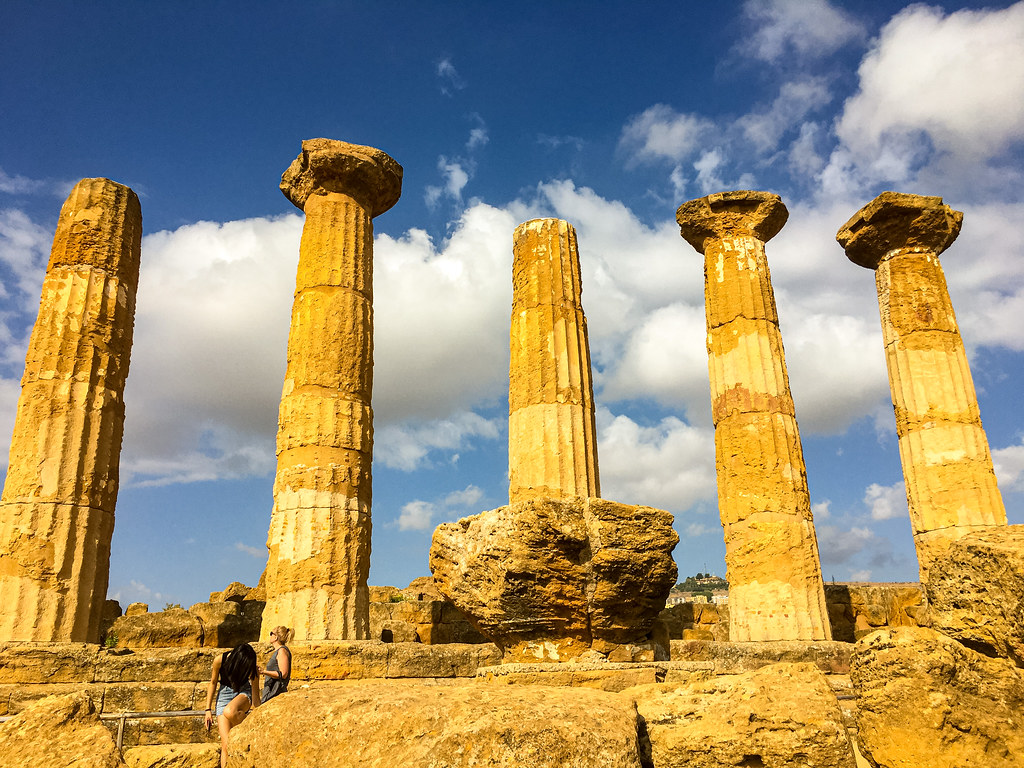
Rome’s Palazzo Barberini is dedicating a major special exhibition to Caravaggio, shedding light on the artist’s life and work with an impressive selection of his paintings until July 2025. Walking through Rome today feels like flipping through a living art history book—one page shows you ancient Roman frescoes, the next reveals contemporary installations in spaces like MAXXI, the National Museum of XXI Century Arts, Italy’s first national institution devoted to contemporary creativity. The surrounding area of Ostiense is modern, young, and colorful, decorated with numerous murals, making the neighborhood itself an open-air museum for street art fans. The genius of Rome lies in how effortlessly a morning spent marveling at Bernini sculptures can transition into an afternoon exploring cutting-edge digital art at MACRO, followed by aperitivo in a trendy bar that’s built into medieval walls. MAXXI, located in the Flaminio district, is one of the first big museums dedicated to art of the 21st century, built on the site of a former military barracks.
Istanbul: The Ultimate Cultural Time Machine
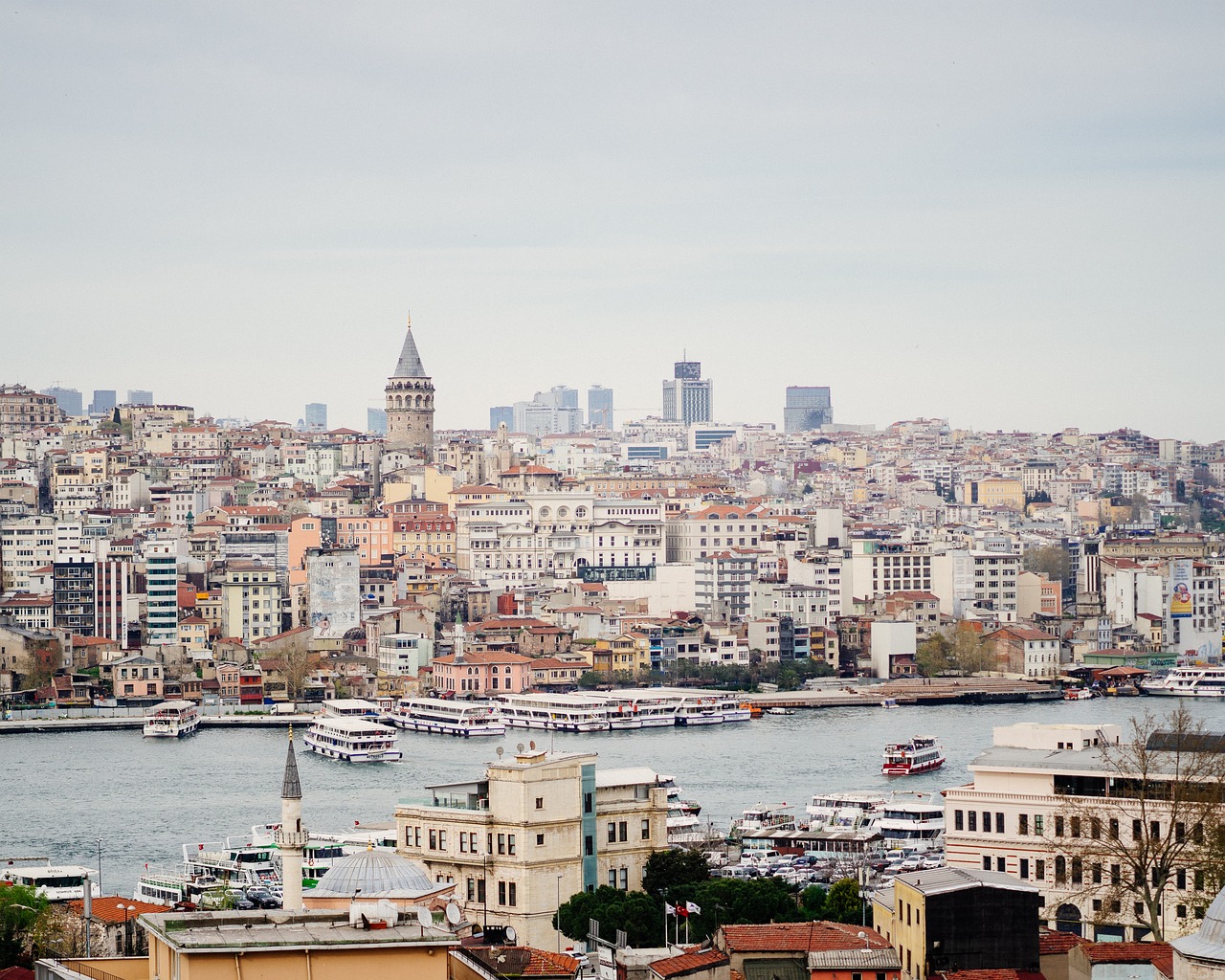
Istanbul remains a captivating destination where ancient history meets modern vibrancy, and in 2023, it was crowned the most visited city in the world, maintaining its allure as the second most visited city in 2024. This city doesn’t just bridge continents—it bridges centuries with breathtaking ease. A first time visit to Istanbul would not be complete without seeing the wonders that are the Hagia Sophia, The Blue Mosque and the Grand Bazaar, but what makes Istanbul truly special is how seamlessly these ancient marvels coexist with its thriving contemporary scene. Istanbul Modern was founded in 2004 as Turkey’s first museum of modern and contemporary art, committed to sharing Turkey’s artistic creativity and cultural identity with local and international art worlds. Picture yourself morning exploring Byzantine mosaics, lunch in a traditional meyhane, and evening at a rooftop club overlooking the Bosphorus. Here, the legacy of the Roman Empire lives alongside grand mosques, bustling bazaars hum with energy, and vibrant neighborhoods never sleep—a day may begin with the call to prayer and end on a rooftop nightclub that pulses with a modern beat.
Amsterdam: Canals, Masterpieces, and Cutting-Edge Cool
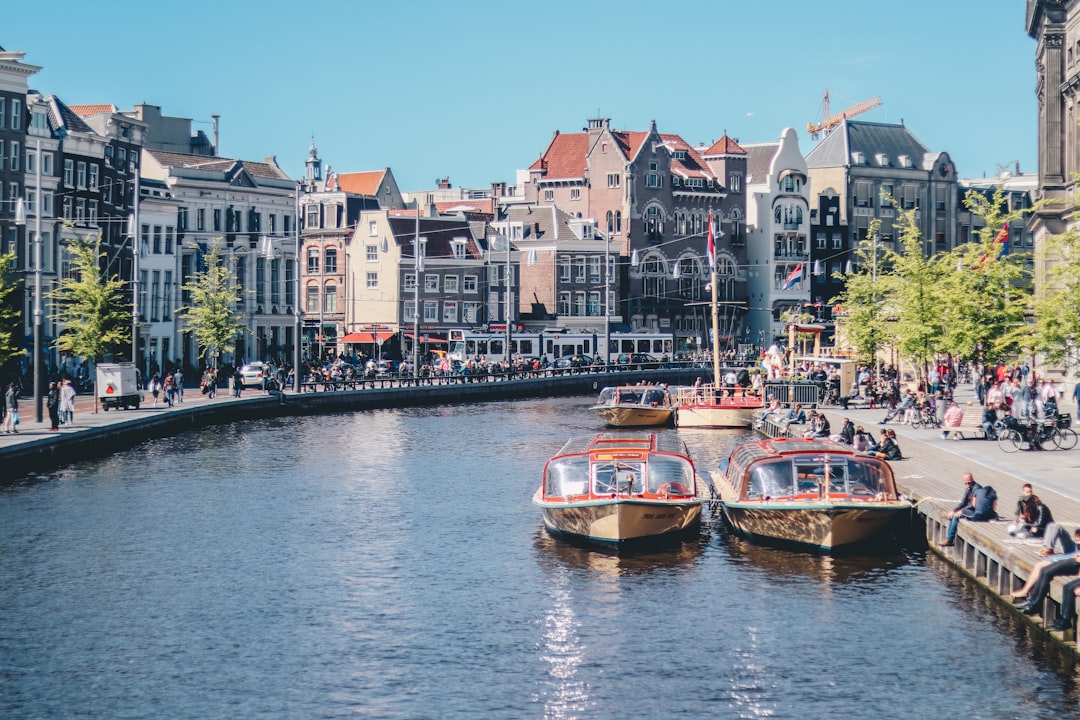
This year marks Amsterdam’s 750th birthday, and there’s never been a better time to visit—the city is celebrating while making visits a more pleasant experience. Amsterdam perfects the art of contrast like no other city—where else can you admire Rembrandt masterpieces in the morning, cycle past 17th-century canal houses at lunch, and experience immersive digital art installations by afternoon? The striking EYE Film Museum building next to the A’dam Toren is much more than a cinema, housing a film museum, brilliant restaurant and café, temporary exhibitions and educational activities. The Van Gogh Museum and Rijksmuseum anchor the city’s incredible art heritage, but Amsterdam’s modern side shines equally bright in spaces like the Stedelijk Museum and countless independent galleries scattered throughout the Jordaan district. The capital celebrates its 750th anniversary with a social calendar filled with markets, concerts, exhibitions, festivals and even a party on the A10 motorway. What’s remarkable is how this city manages to feel both intimate and cosmopolitan—you can get lost in a world-class museum for hours, then stumble upon a cozy brown café that’s been serving locals for centuries.
Berlin: From Wall to Zeitgeist
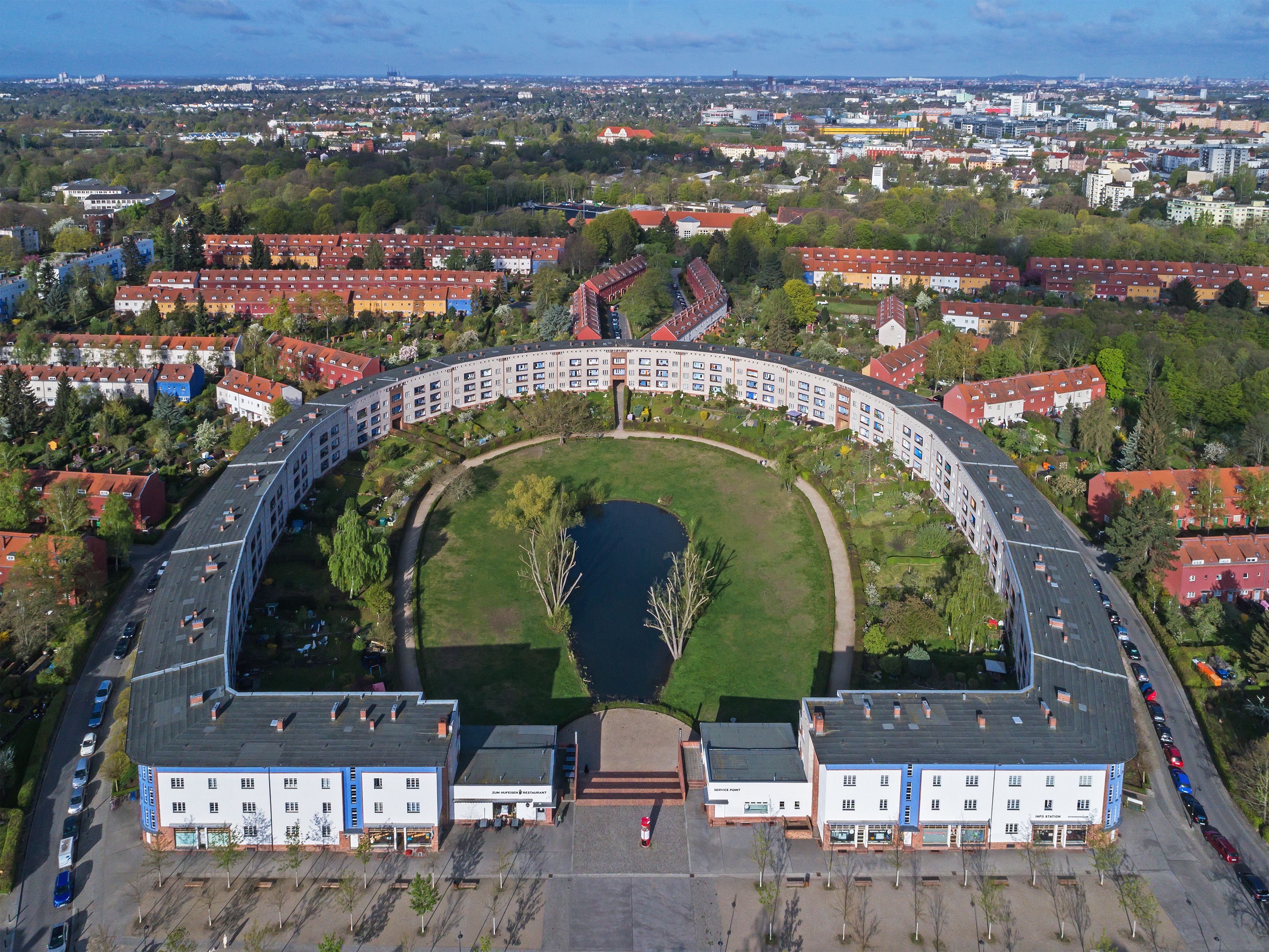
Berlin is one of the modern world’s most important cities, whose reputation sees it top bucket lists as people head here to see famous buildings, explore incredible museums and overindulge in Europe’s most exciting nightlife scene—Berlin is a city that does it all in a way that’s utterly unique. No city wears its history quite like Berlin, where remnants of the Berlin Wall serve as canvases for contemporary street art. Running along the River Spree for 1.3km from Oberbaum Bridge to Ostbahnhof is the largest remaining section of the Wall still standing, decorated with 101 paintings by international artists from 1990. Museum Island houses some of the world’s most important archaeological treasures, while neighborhoods like Kreuzberg and Friedrichshain pulse with underground art galleries, experimental theaters, and clubs that define global nightlife culture. The Brandenburg Gate is an absolute must-see attraction, now representing peace and unity as one of Germany’s best known landmarks. The beauty of Berlin lies in its raw authenticity—this isn’t a polished tourist destination but a living, breathing city where history isn’t just preserved but actively reinterpreted by each new generation of artists, musicians, and creators.
Mexico City: Where Ancient Aztecs Meet Contemporary Cool
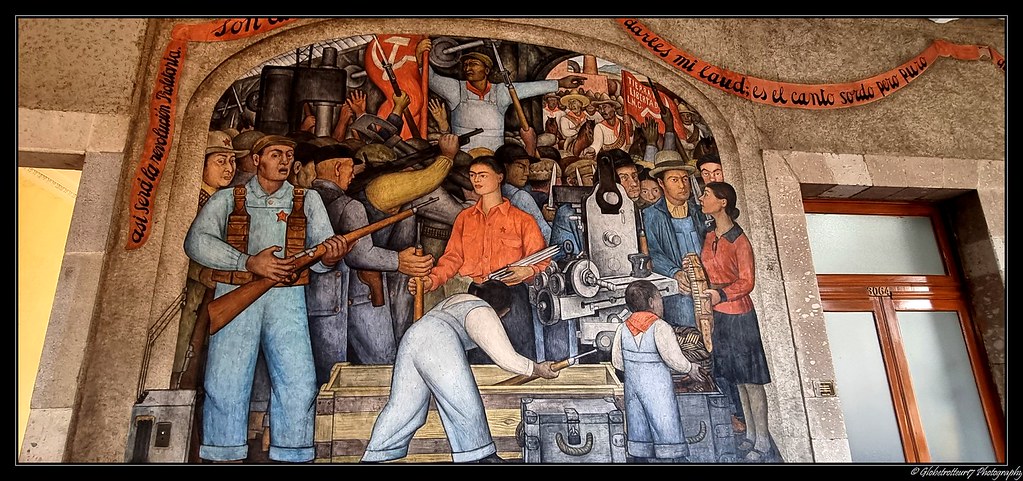
Mexico City is described as “the perfect blend of the traditional and the contemporary,” offering long-standing traditions like Dia De Los Muertos alongside a contemporary culture scene, with free festivals nearly every weekend celebrating dance, literature, art, and more. Few cities can claim to have both Aztec pyramids and world-class contemporary art museums within their boundaries, but Mexico City delivers on both fronts spectacularly. With its vibrant streets and colorful murals, Mexico City is a hub of contemporary and street art unlike any other. The Museo Nacional de Antropología tells the story of ancient civilizations, while galleries in Roma Norte and Condesa showcase cutting-edge contemporary Mexican art that’s gaining international recognition. From the historic neighborhoods of La Roma and Condesa to the bustling streets of Coyoacán, Mexico City’s urban landscape serves as a canvas for incredible street art. Walking through neighborhoods like Coyoacán, you’ll encounter murals by Diego Rivera alongside trendy coffee shops and design studios. The city’s culinary scene perfectly embodies this blend—traditional markets selling ingredients used by the Aztecs sit next to restaurants where celebrity chefs create modern interpretations of ancient recipes.
London: Royal Heritage Meets Banksy’s Rebellion
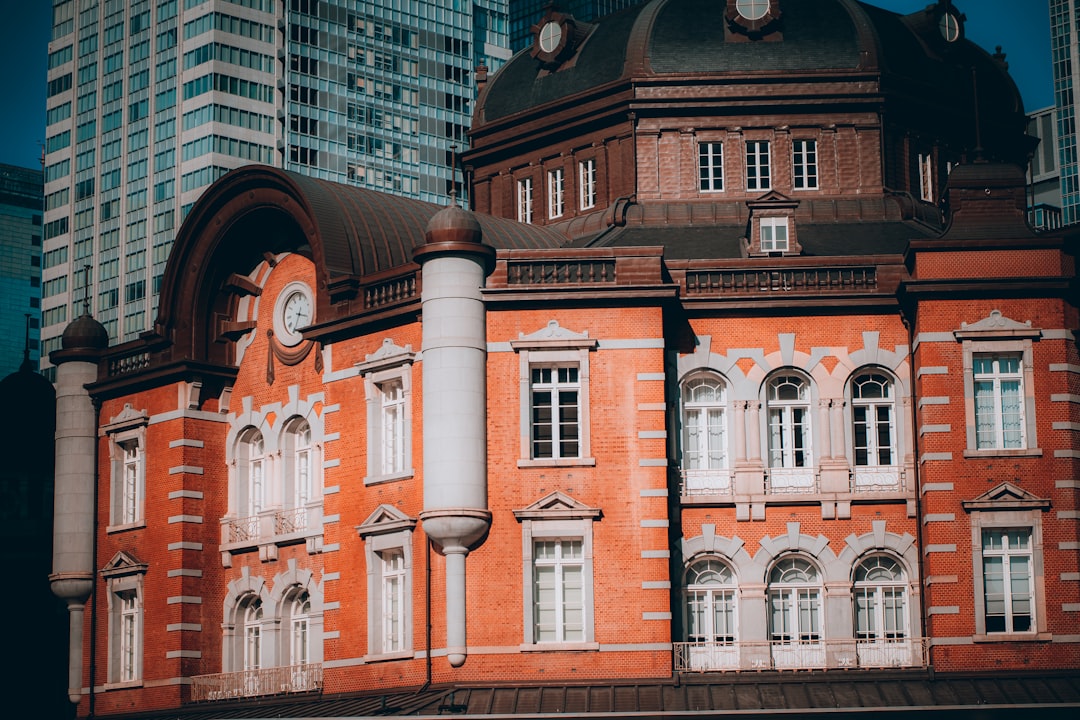
London’s ability to honor tradition while embracing innovation creates one of the world’s most dynamic cultural landscapes. You can tour the Tower of London in the morning, exploring nearly a thousand years of royal history, then spend your afternoon at the Tate Modern experiencing groundbreaking contemporary installations in a former power station. The contrast is delicious—from the formal grandeur of the National Gallery to the edgy creativity of East London’s street art scene in Shoreditch. What makes London special is how neighborhoods like Shoreditch have transformed from industrial wastelands into creative hubs where Victorian architecture houses cutting-edge galleries, vintage shops, and innovative restaurants. The British Museum anchors the city’s incredible historical collections, while spaces like the Barbican Centre push contemporary art boundaries. Even the royal palaces get modern updates—Buckingham Palace’s recent renovations include contemporary art installations alongside priceless historical artifacts. London proves that respecting the past doesn’t mean being stuck in it.
Vienna: Classical Majesty with Contemporary Edge
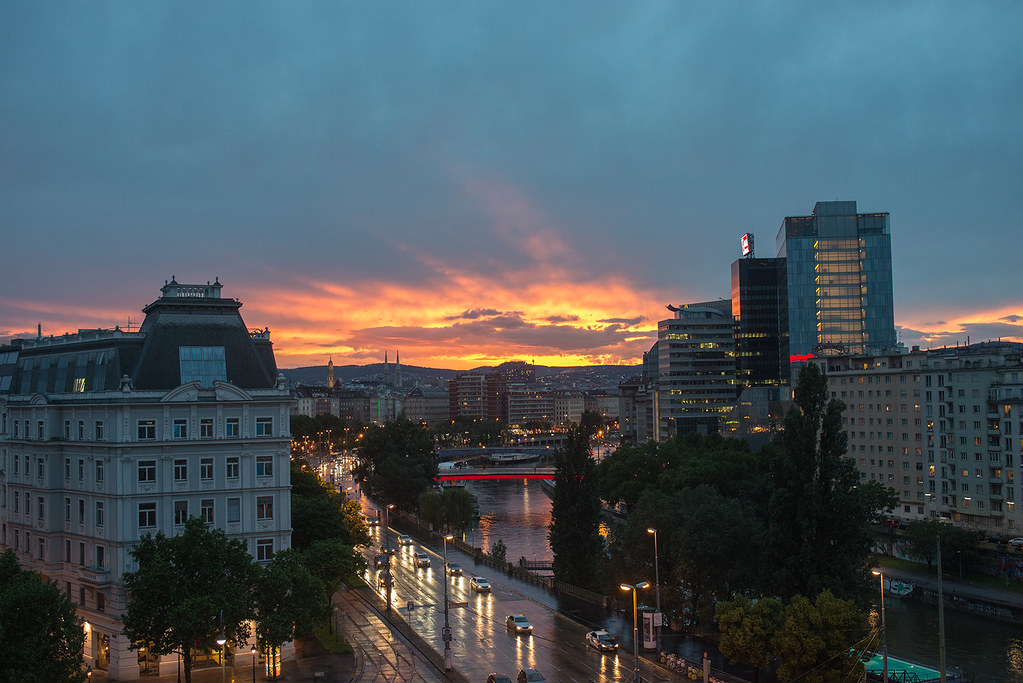
“Vienna is all about Johann Strauss II this year, with 2025 marking the 200th anniversary of the Waltz King’s birth” according to Vienna experts, making it an exceptional year to visit. Vienna masterfully balances its imperial grandeur with a surprisingly vibrant contemporary scene. The Kunsthistorisches Museum houses one of the world’s finest art collections, while the nearby MuseumsQuartier buzzes with modern galleries and experimental spaces. Coffee culture here isn’t just about tradition—traditional kaffeehäuser coexist with third-wave coffee shops where baristas treat espresso like performance art. The Belvedere showcases Klimt’s masterpieces, but Vienna’s contemporary art scene thrives in spaces like the 21er Haus and galleries throughout the trendy Neubau district. Architecture tells the story beautifully—Baroque palaces stand alongside bold modern buildings like the Haas House, creating a cityscape that celebrates both preservation and progress. What strikes visitors most is how naturally Viennese culture flows between concert halls playing Mozart and underground venues showcasing experimental electronic music.
Barcelona: Gaudí’s Dreams and Digital Realities
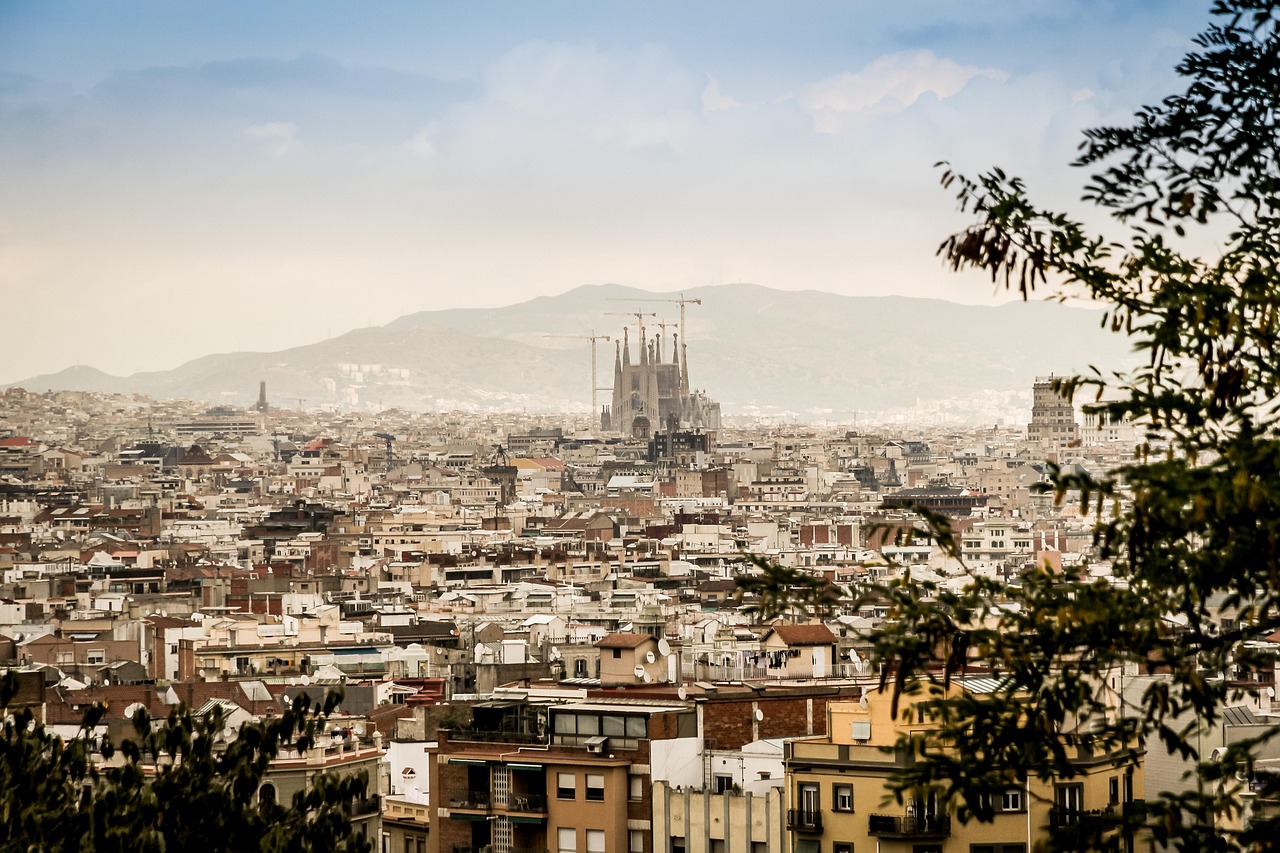
Barcelona represents the perfect fusion of architectural genius and contemporary creativity, where Antoni Gaudí’s fantastical creations serve as inspiration for today’s designers and artists. The Sagrada Família continues construction using both traditional craftsmanship and cutting-edge technology, embodying the city’s approach to blending old and new. Walking through the Gothic Quarter, medieval streets lead to contemporary galleries showcasing everything from Picasso’s early works to experimental digital art installations. The Barrio del Raval has transformed from a rough neighborhood into a cultural hotspot where the MACBA (Museum of Contemporary Art) anchors a district filled with design studios, vintage shops, and innovative restaurants. Even the famous Park Güell demonstrates this blend—Gaudí’s century-old mosaics inspire contemporary artists creating similar works throughout the city. Barcelona’s beach culture adds another layer, where beach clubs blend relaxation with cutting-edge music and design. The city’s genius lies in how it treats Gaudí not as a relic but as ongoing inspiration for contemporary creativity.
Prague: Bohemian Rhapsody in Stone and Light
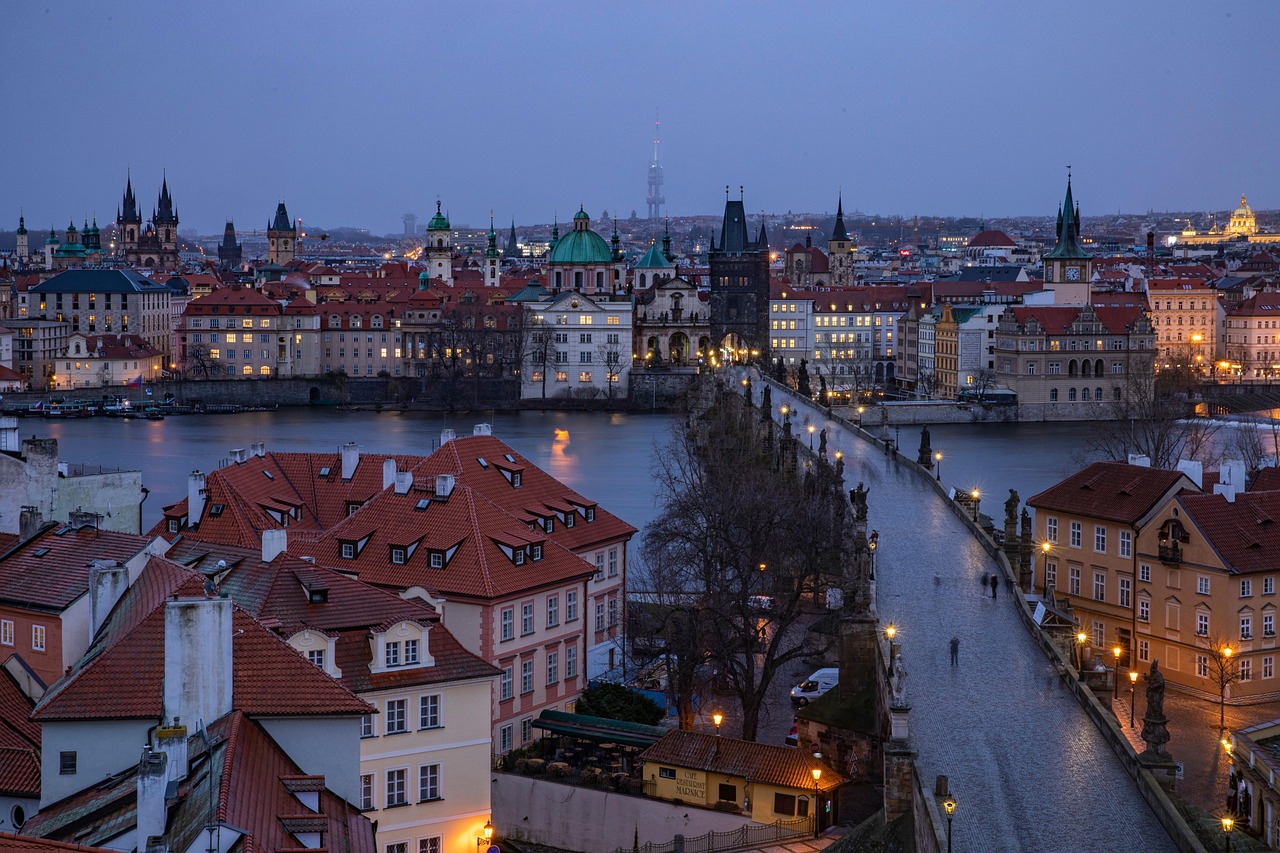
Prague’s fairy-tale architecture provides the perfect backdrop for a surprisingly dynamic contemporary arts scene that’s often overlooked by tourists focused on the castle and bridges. The Prague Castle complex showcases centuries of Czech history, while galleries in neighborhoods like Vinohrady and Karlín display cutting-edge works by emerging Eastern European artists. The transformation is remarkable—former communist-era buildings now house some of Europe’s most innovative galleries and creative spaces. Wenceslas Square pulses with modern life while maintaining its historical significance, and the Lennon Wall continues evolving as new generations add their artistic contributions. The city’s music scene beautifully embodies this blend—you can attend a classical concert in a Baroque church, then catch experimental electronic music in a repurposed industrial space. Prague’s craft beer culture represents this perfectly too—centuries-old brewing traditions meet innovative craft breweries creating beers that honor history while pushing boundaries. What makes Prague special is how it wears its beauty lightly, allowing contemporary culture to flourish without overwhelming its architectural treasures.
Kyoto: Sacred Traditions Meets Digital Art Innovation
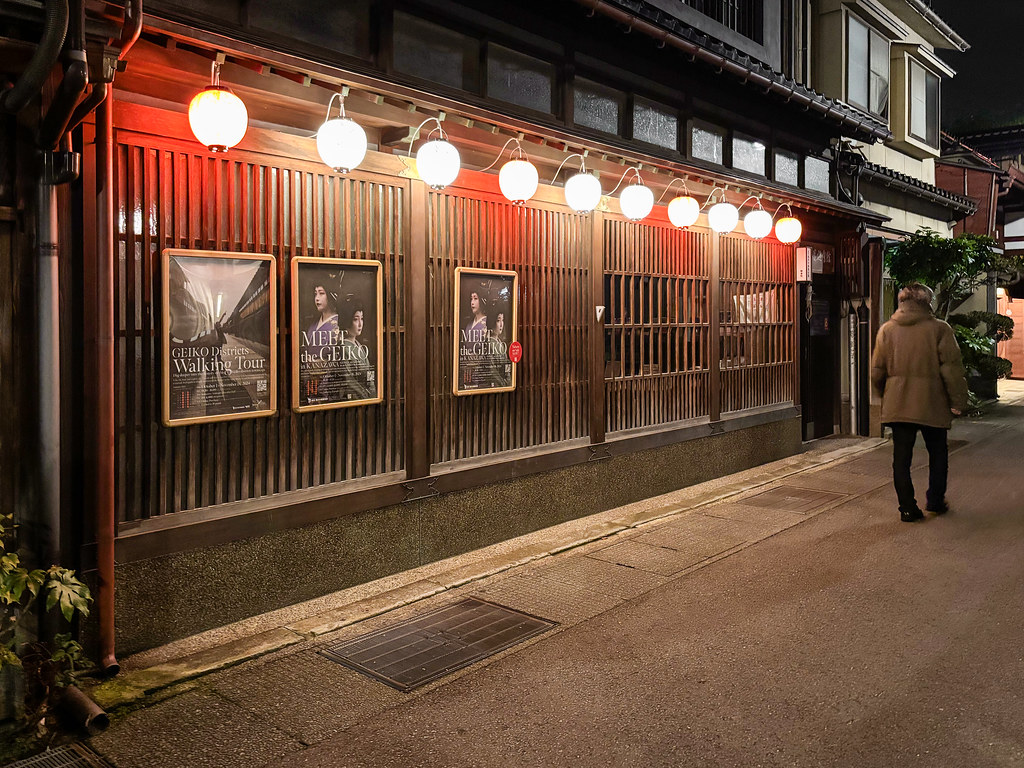
Kyoto proves that preserving ancient culture doesn’t mean rejecting innovation—this city seamlessly weaves together 1,000-year-old temples with cutting-edge digital art installations and contemporary design. The contrast is breathtaking: morning meditation at Kinkaku-ji (the Golden Pavilion) followed by afternoon exploration of galleries showcasing video art and interactive installations. Traditional craft workshops operate alongside design studios where artists reinterpret ancient techniques using modern materials and concepts. The geisha districts of Gion maintain their centuries-old traditions while contemporary tea houses experiment with molecular gastronomy techniques applied to traditional kaiseki cuisine. Kyoto’s genius lies in how it approaches innovation—new ideas must prove they enhance rather than replace traditional culture. This creates fascinating hybrids: bamboo gardens with subtle LED lighting systems, traditional ryokan inns with state-of-the-art sound systems for meditation, and temples that incorporate digital projections for seasonal celebrations. The result is a city where ancient wisdom informs contemporary creativity, creating something entirely unique that honors both past and future.
What strikes you most about these destinations isn’t just their individual magnificence, but how they prove that history and modernity don’t have to compete—they can dance together beautifully. Each offers a different perspective on how cultures can honor their heritage while embracing the future, creating experiences that feed both your soul and your Instagram feed. What would you choose first: Roman gelato while admiring Caravaggio, or Turkish coffee with your fortune read from the grounds while contemporary art surrounds you?
